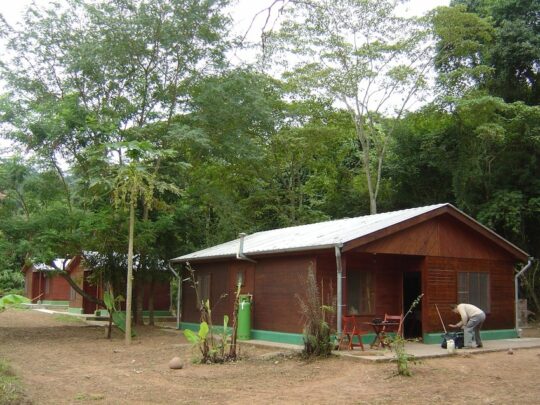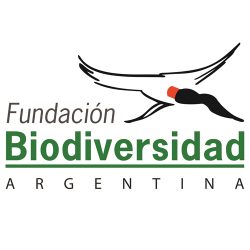Project Summary
El Pantanoso Reserve protects almost 11,000 acres (4,450 hectares) of Yungas cloud forest, strategically located between two well preserved large rainforest blocks; Calilegua National Park in the South and the Estancia Urundel (sustainably managed for timber extraction) in the North.
The area lies inside the Yungas Biosphere Reserve in Northern Argentina. Protecting El Pantanoso is key for the conservation of the Yungas in Jujuy Province as it buffers Calilegua National Park and connect Calilegua to Estancia Urundel.
Following WLT’s support to create the reserve in 2016, project activities now focus on the ongoing management of El Pantanoso, funding a ranger salary, improvements to the access road and ongoing biological monitoring.
Biome
Tropical and Subtropical Moist Broadleaf Forests
Ecoregion
Southern Andean Yungas
Habitats
El Pantanoso supports the three forest types characteristic of the Yungas– Basal rainforest (c. 75%), Montane rainforest (c. 20%) and Montane forest (c. 5%).
Method for Land Protection
Reserve Management
BIODIVERSITY
The Yungas ecoregion harbours the largest area of contiguous habitat for Jaguar in the country, and El Pantanoso has been identified as an important ecological corridor for the movement of this species.
Biodiversity studies in El Pantanoso have identified more than 120 species of tree, 140 species of butterfly, 350 species of bird and 120 species of mammals.
The reserve and surrounding areas also provide good habitat for the globally threatened Tucuman Amazon parrot, which is endemic to the Yungus forest.
Global Prioritisation
The biological distinctiveness of this ecoregion warrants its status as ‘Regionally Outstanding’ and ‘Vulnerable’ at the regional scale and as a conservation priority in Argentina.
El Pantanoso lies inside the Yungas Biosphere Reserve at the edge of the Tropical Andes Biodiversity Hotspot.
The neighbouring Calilegua National Park is also recognised as an Important Bird Area (IBA). El Pantanoso was internationally recognised in 2020 as an AICOM (Area of Importance for the Conservation of Bats).

Main Threats to the Area
The main threats to the area are llegal hunting and unsustainable logging practices.
Although complete deforestation is prohibited in the region, uncontrolled logging can significantly alter and degrade forest composition, exacerbate habitat fragmentation, and open up access to hunters and illegal loggers.
Additionally, oil exploration is active in the area and the whole Yungas region is situated in an oil basin, which is driving the road construction and precipitating unregulated access.

Local communities
FBA engage local communities through research and monitoring and environmental education, in order to identify threats and raise awareness of FBA’s conservation actions.
The development of income for the long-term protection of the reserve is being initiated by encouraging small scale enterprise and job creation in research, ecotourism and eco volunteering.


